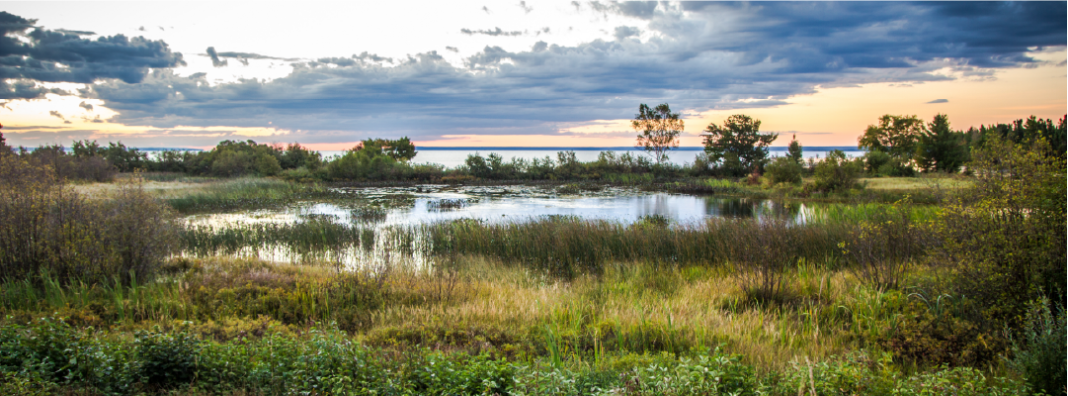
This May marks the one-year anniversary of the Biden administration’s “America the Beautiful” Report, which outlines how to conserve 30 percent of America’s lands and waters by 2030. One of its eight key principles calls for the inclusion and recognition of private lands. Including private lands in national conservation goals is crucial to getting good environmental outcomes.
Private lands play a vital and underappreciated role in conservation. These lands provide habitat for 95 percent of endangered species. They are also home to half of America’s forests, 30 percent of our drinking water, and 75 percent of our wetlands. One of the best ways to conserve private lands is through the use of conservation easements, which provide a financial incentive for landowners to set aside their land for conservation. When leveraged properly, easements provide real environmental benefits for the public. Unfortunately, a policy loophole currently allows some landowners to make money off the government without improving the environment. A few simple reforms would close this loophole and ensure that easements are truly working for the environment.
Conservation easements protect over 30 million acres of private land across the U.S. — about the size of Louisiana. Easements allow landowners to donate or sell the right to develop their land to a non-profit or government agency, which manages the land for conservation. If the land is donated, the landowner receives a charitable income tax deduction based on the value lost by giving up the right to develop the land.
Easements are valuable because they are a flexible tool. In some cases, they can be crafted to restrict all human activity, while others allow for activities like ranching as long as the land is not developed.
The Lightning Creek Ranch in northeastern Oregon is an example of an easement that creates environmental benefits by preserving the area’s prairie landscape and providing habitat for local wildlife. In 2017, Dan and Suzy Probert, owners of the ranch, partnered with the Nature Conservancy, USDA’s Natural Resource Conservation Service and the Climate Trust to place their 12,000-acre ranch under a $1.3 million conservation easement.
The Probert family can still ranch on their land but must follow the easement’s management terms to protect the native grasslands. These terms prevent development and require grazing practices that sequester carbon, prevent soil erosion and provide habitat.
In some cases, however, landowners have taken advantage of the flexibility of conservation easements and take the income tax deduction without creating any environmental improvement. In 2017, ProPublica reported on the misuse of conservation easements, including the abandoned Millstone Golf Course in South Carolina.
The golf course was purchased by an investment group in 2016 for $5.4 million. Without doing anything to repair the eroding sand traps, rusting equipment or overgrown greens, the land was placed under a conservation easement. The investment group then hired an appraiser who valued the land at $41 million. This allowed the group to receive a return of $4 for every $1 invested through the charitable income tax deduction without providing any environmental benefits.
Conservation easements should actually provide environmental benefits to the public. The public is paying for those tax deductions, after all. In total, easements cost the federal government about $3 billion per year in lost revenue, equal to the National Park Service’s entire budget.
Simple reforms will ensure that easements provide benefits like more wildlife habitat, sequestered carbon and protected watersheds. Our recent research found that establishing specific conservation goals as part of the easement would help solve this problem. Easement agreements should set specific conservation goals that must be met in order to qualify for the tax deduction. In the case of the abandoned golf course, for example, the agreement could specify what actions need to be taken to clean up the golf course and turn it into wildlife habitat or a protected area. You shouldn’t receive benefits for letting a golf course go fallow — you must reclaim it in some way.
Including private lands in the America the Beautiful initiative is a necessity, but we must make sure that those lands are returning environmental benefits to the public. Easements need to be reformed to make sure that taxpayers are getting what they pay for and that more examples like the Lightning Creek Ranch are encouraged. Creating policies that incentivize private landowners to provide public benefits will help ensure a greener future for landowners, the environment and America.



 The Hill
The Hill